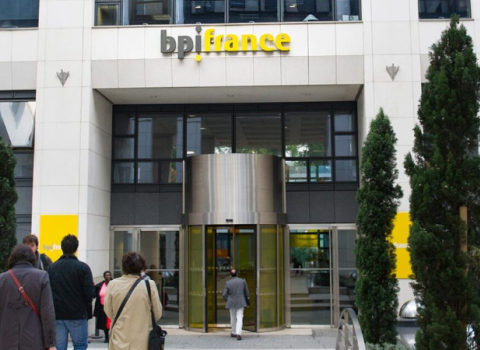Imperial Innovations plc began to deliver on its promise to provide investee companies with the cash to grow bigger and faster, putting £15 million into a £60 million fundraising by Circasssia Ltd, an Imperial College London spin-out that is developing vaccines to prevent hayfever and other allergies, such as those caused by cats and house dust mites.
This is Imperial Innovations’ largest single investment to date, and its first since raising £140 million in December 2010. “When we raised the money, we said we would accelerate the growth of a small number of companies, and Circassia is the first example of that,” Susan Searle, CEO of Imperial Innovations told Science|Business.
The round is also claimed as the third biggest by a European biotech in 15 years. It brings the amount raised by Circassia since its formation five years ago to £93 million. Imperial Innovations now owns 18.4 per cent of the equity.
Investments in Oxford, Cambridge and UCL companies to follow
When it raised the £140 million - to take its cash in hand to £160 million - Imperial Innovations said it would also invest in companies founded by or based on technology from its fellow elite universities of University College London, Oxford and Cambridge. Searle said the resources are now in place to start to do this. “We’ve got an established team and a process that has been proven at Imperial [College]. We’ve been adding people in, and hiring people to look across new technologies and have [appointed] more of our entrepreneurs-in-residence,” she said.
Imperial Innovations now boasts what must be a larger staff than most other university commercialisation offices or venture capital firms on either side of the Atlantic, with 50 employees. High level recruits who have come on board since the £140 million funding include Rebecca Todd, formerly head of healthcare at the investment firm Oxford Capital Partners and Simon Kerr, a Cambridge-based biotech entrepreneur.
Its huge cash mountain is also enabling Imperial Innovations to build economies of scale into an activity that until now has operated more as a cottage industry. While its heritage gives it the understanding and insight needed to work alongside university technology transfer offices, Imperial Innovations has the stature to pull together experienced management teams and to rub shoulders with blue chip institutional investors. Circassia, for example, recently recruited James Shannon, former head of Global Development at Novartis, to its board of directors, and one of the co-investors in the £60 million round is the London investment firm, Invesco Perpetual.
The increase in scale also allows Imperial Innovations to do more precise and in depth due diligence, because it has experts in different areas and is able to look beyond basic technology, to issues such as manufacturing and market access. “On Circassia, we applied a lot of due diligence, even pulling in expertise from the US,” Searle says.
Another way in which greater scale changes the process of technology transfer is in the ability to look across different technologies, understand how one will work with another, and pull disparate strands together into one coherent, market-led whole.
No defined timescales for investing
Searle also noted that Imperial Innovations now has the freedom to take a very different position from traditional venture capitalists in terms of how long it invests in companies. Typically VCs will be tied to five year cycles. “We are building companies and putting cash behind them: there are no defined timescales,” Searle said.
Of course, every investment fund needs to make a return, but Searle said Imperial Innovations is not under pressure to find an exit. Part of the point of putting more money in for longer is that this provides the opportunity for companies to become self-sustaining. It is also likely to make them more attractive to trade buyers at a price that will deliver a good return to the investors, or should the capital markets allow, to go public.
Circassia for example, is now well-positioned and well funded, with the cash to take its products all the way through expensive Phase III clinical trials and onto the market. The £60 million of new money will enable the Oxford-based company to complete final trials of its two leading vaccines against cat allergy and ragweed allergy. These will be valuable products in their own right and will also validate technology that is relevant to developing vaccines for a wide range of allergies.
While allergy treatment is a huge established market, many suffers complain that the palliatives of anti-histamines and steroids are only partially effective, while traditional allergy vaccines - in which increasing doses of the allergen are administered in an attempt to tolerise sufferers - require many injections and must be carried out under medical supervision in case of an extreme immune response.
In other words, if Circassia can deliver positive results in its Phase III clinical studies it will have the potential to replace existing treatments, but also to grow the market.
The example of Circassia highlights the potential Imperial Innovations now holds to reshape the business of commercialising university technology. It has accumulated the expertise and the cash it needs to optimise the value of each company in which it invests, navigating the best pathway to market. As Searle says, “We are under no pressure to get exits. We can take on companies for longer, and we can create more value.”





 A unique international forum for public research organisations and companies to connect their external engagement with strategic interests around their R&D system.
A unique international forum for public research organisations and companies to connect their external engagement with strategic interests around their R&D system.